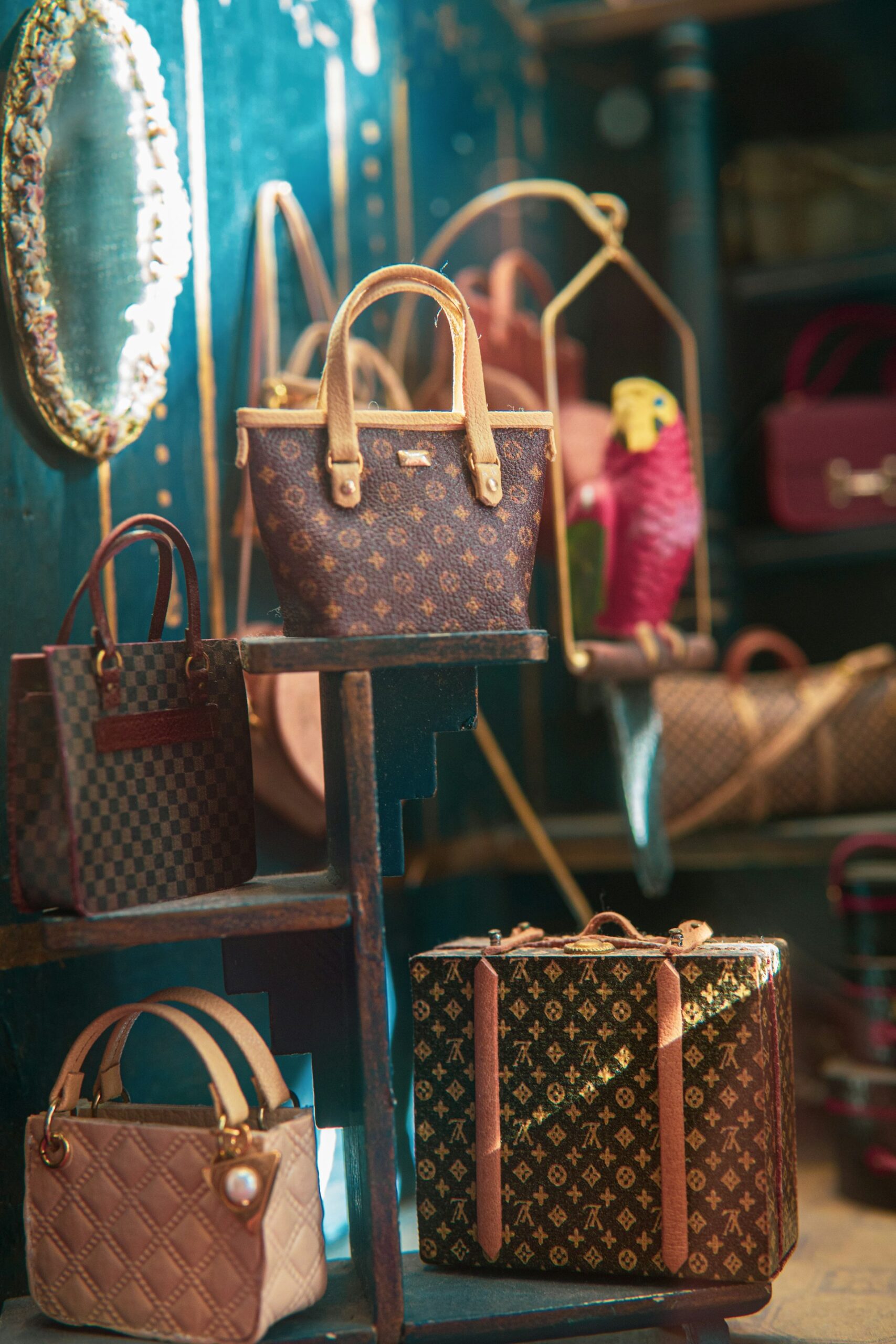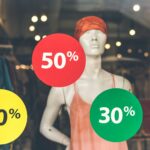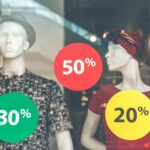Unlocking Value and Sustainability: Navigating the Booming Secondhand Luxury Bags and Accessories Market


Photo by Aylin �obano?lu on Unsplash
Introduction: The Rise of Secondhand Luxury Bags and Accessories
The global market for secondhand luxury bags and accessories has witnessed unprecedented growth in recent years, driven by shifting consumer values, technology-enabled authentication, and a growing emphasis on sustainability. These trends have transformed the way individuals buy, sell, and invest in luxury goods. Whether you’re a fashion enthusiast looking for a unique piece or an investor seeking long-term value, understanding the nuances of this market is crucial for success [1] .
Market Size, Growth, and Key Drivers
As of 2024, the global secondhand luxury goods market was valued at USD 37.2 billion , with expectations to grow at a compound annual growth rate (CAGR) of 8.5% from 2025 to 2033 [1] . Handbags make up the largest segment, reflecting both their functional appeal and status as fashion statements. Europe leads in regional market share, followed by significant growth in North America and Asia Pacific. These figures highlight not only the size but also the resilience and investment potential of the secondhand luxury sector [2] .
Key drivers of market expansion include:
- Sustainability consciousness : Consumers increasingly prioritize eco-friendly consumption, viewing pre-owned luxury as a responsible choice.
- Affordability : Access to high-end brands at reduced prices attracts a broader demographic.
- Desire for unique and limited pieces : Vintage and discontinued designs hold special value.
- Digital platforms and social media : Online marketplaces and influencer culture make sourcing and selling easier than ever.
- Authentication technologies : Advances in digital verification and AI-based pricing enhance trust and transparency [3] .
Understanding Value Retention and Investment Potential
Secondhand luxury bags are not just fashion accessories-they are increasingly recognized as investment assets. Leading brands like Hermès , Goyard , and Chanel exhibit exceptional value retention in the resale market. As of 2025, Goyard handbags retained 104% of their original retail value, while Hermès bags maintained 100%, and Chanel bags held approximately 92% [2] . Other top performers include limited-edition and iconic pieces from Louis Vuitton and Prada .
Several factors affect resale value:
- Brand prestige and rarity
- Condition, including original packaging and documentation
- Market demand for specific styles or editions
- Provenance and authentication
Potential buyers and sellers should research current market prices, which may vary across platforms and regions. For example, the U.S. luxury handbag market is projected to reach $13.15 billion in 2025, with high demand for both new and pre-owned items [4] .
Accessing the Secondhand Luxury Market: Practical Steps
Engaging in the secondhand luxury market as a buyer or seller involves several key steps to ensure authenticity, value, and satisfaction.
For Buyers:
- Identify Reputable Platforms: Consider major online and offline platforms specializing in authenticated luxury resale. Examples include The RealReal, Vestiaire Collective, and Fashionphile. Ensure each platform clearly outlines their authentication process.
- Research Pricing: Compare prices for similar models and conditions to avoid overpaying. Use official resale value reports or search for current market trends on established resale sites.
- Check for Authenticity: Look for platforms offering third-party authentication or detailed documentation. If shopping offline, request full provenance and original receipts when available.
- Inspect Condition: Examine photos and descriptions carefully. For in-person purchases, assess stitching, hardware, and materials for signs of wear or restoration.
- Understand Return Policies: Review the platform’s or seller’s return and refund policies before committing to a purchase.
If you are uncertain about a seller or platform, search for recent reviews and customer experiences. Many buyers find additional peace of mind by using companies that offer buyback guarantees or post-sale authentication services.
For Sellers:
- Prepare Documentation: Gather all original receipts, certificates, dust bags, and boxes to enhance value and buyer confidence.
- Choose the Right Platform: List your item on an established resale marketplace with a strong reputation for luxury authentication. Review commission rates and payout timelines.
- Set a Competitive Price: Research recent sale prices for comparable items in similar condition. Some platforms offer AI-based pricing tools to suggest optimal listing prices [3] .
- Be Transparent: Provide accurate, detailed descriptions, and clear photos from multiple angles. Disclose any flaws or repairs.
- Understand Authentication Requirements: Many platforms require items to be shipped in for verification before listing. Review platform instructions and packaging guidelines carefully.
Sellers seeking faster transactions may also consider local consignment stores, which can authenticate and display items for direct sale. However, commission rates and payout periods may differ.
Challenges and Solutions in the Secondhand Luxury Market
Despite its many benefits, the secondhand luxury market presents certain challenges for buyers and sellers alike:
- Counterfeit Risks: The prevalence of counterfeits underscores the importance of verified authentication. Always use platforms or local stores with established verification processes.
- Pricing Volatility: Resale values can fluctuate based on fashion trends and economic conditions. Consider researching historical pricing data and being flexible with timing for higher returns.
- Limited Availability of Rare Items: Highly sought-after pieces may be scarce. Set up alerts on reputable platforms or work with luxury personal shoppers to improve chances of acquisition.
- Condition Variability: Not all used items are equal-carefully assess condition grading and request additional photos or information as needed.
Many buyers and sellers overcome these challenges by focusing on platforms with robust customer service and buyer protection programs. Blockchain-based authentication and AI-driven pricing tools are also emerging as solutions to build trust and transparency [3] .
Sustainable Shopping and the Circular Fashion Economy
One of the most significant benefits of the secondhand luxury market is its contribution to the circular fashion economy. Purchasing pre-owned bags and accessories helps extend the life cycle of high-quality items, reduces waste, and lessens the environmental impact of fashion production. Many brands and platforms now promote resale programs as part of their sustainability initiatives [1] .
To shop sustainably:
- Prioritize classic, well-made designs that age gracefully
- Seek out platforms with transparent authentication and eco-friendly packaging
- Consider the longevity and versatility of each purchase
For those interested in furthering their sustainable fashion journey, research the environmental policies of resale platforms and luxury brands. Look for certifications or partnerships with organizations focused on ethical fashion.

Photo by Anirudh on Unsplash
Alternative Approaches and Additional Resources
While major online platforms are the most visible way to access the secondhand luxury market, other options include:
- Local consignment boutiques: These stores offer hands-on evaluation and direct customer interaction, although selection may be limited.
- Specialty auction houses: For rare or high-value pieces, established auction houses provide expert authentication and international reach.
- Peer-to-peer sales: Sites or social media groups that facilitate direct transactions between individuals. Exercise caution and prioritize platforms with buyer protection and authentication services.
To start your search, use online queries such as “authenticated secondhand luxury bag platforms,” “designer bag consignment near me,” or “luxury handbag resale value 2025.” For personalized guidance, consult local luxury retailers for their recommended resale partners or programs.
Key Takeaways
The secondhand luxury bags and accessories market offers substantial opportunities for buyers, sellers, and investors seeking value, uniqueness, and sustainability. By following best practices in authentication, pricing, and platform selection, participants can maximize both satisfaction and financial return. As the market continues to grow and innovate, staying informed about trends and trusted resources is essential for success.






